Horny toads, also known as horned lizards, horned toads, or horntoads, are reptiles native to North and Central America. Contrary to some of their common names, these spiny little creatures are actually lizards! Their bodies, particularly their sides, are covered with sharp spines. Read on to learn about the horny toad.
Description of the Horny Toad
These little reptiles have a short, wide body. Their abdomens are quite rounded, and when viewed from above look almost circular. They have short tails that are usually relatively thick, depending on the species. Most species are tan or beige in color, with dark spotting or dappling.
Interesting Facts About the Horny Toad
These odd little lizards are an interesting group. With over 22 different species, there are a wide variety of behaviors and adaptations that will astound and amaze you!
- Misnomer – These reptiles hold a surprisingly deceptive name, despite being far from related to toads. The “toad” part of their name is in reference to their stout size and shape, which resembles that of toads.
- Slightly Less of a Misnomer – The “horny” side of their name refers to the many pointed “horns” covering the body. This is, however, also something of a misnomer. While the projections on the head are actual horns, and have a bony core, the rest of the spikes are spines. These spines are simply modified scales, and not horns at all.
- Blend In – Being small and slow makes it difficult to survive, but these creatures have a few tricks up their sleeves! Their primary defense mechanism is simple; just do nothing! By holding very still and utilizing their camouflage these lizards can blend in with their surroundings.
- Defense Mechanism – Even the best disguise can be found out, and when they are spotted these creatures have a few more defenses. All species will puff up, and thus extend their sharp spines, making it much more difficult to swallow them.
- Last Stand – When all else fails, try to scare your attacker into submission. Eight species of horned lizards are known to squirt a stream of blood from the corner of their eyes. Not only do they spray blood at the predator, but they can also shoot it up to 5 ft. away! For many predators this blood is poor tasting, and quite confusing.
Habitat of the Horny Toad
The primary habitat is arid and semi-arid ecosystems, particularly deserts. Each species is different, and they can range anywhere from thorn scrub deserts to pine and oak woodlands. Even their body structure is made to survive in these areas of low rainfall. Their spines are actually modified scales and help keep the lizards from losing moisture through their skin.
Distribution of the Horny Toad
There are 22 different identified species of horned lizards, and each one has a different range. Different species can be found in North and Central America. The most widely distributed species is the Texas horned lizard, which can be found as far north as Colorado and as far south as Mexico. Other species may have more restricted ranges, like the coast horned lizard, which is found only in Baja California Sur.
Diet of the Horny Toad
These lizards feed primarily on small insects, and many species specialize heavily in a single type of insect. For example, the Texas horned lizard’s primary prey is the harvester ant, though it will also supplement its diet with termites, grasshoppers, beetles, and other insects. Many different species subside primarily on ants, and opportunistically take other small insects.
Horny Toad and Human Interaction
Humans have caused population decline in a number of different horny toad species. Because their primary sources of food are ants, the introduction of invasive fire ants has pushed out the native ant species. In order to combat the fire ants, many people overuse pesticides, which kill many of the remaining native ant colonies, along with other insects. Habitat destruction also exacerbates this effect by putting additional pressure on the lizard populations.
Domestication
None of the 22 different species have been domesticated in any way.
Does the Horny Toad Make a Good Pet
Because most species feed primarily on ants, it can be difficult to keep them as a pet. Some species are also threatened with population decline, and are actually illegal to own as pets. Instead of keeping a potentially threatened species, choose a bearded dragon instead.
Horny Toad Care
In zoos, these creatures are kept primarily for research purposes, especially species with populations in decline. In fact, Dallas and Fort Worth Zoo released 139 captive bred hatchlings into wild habitats in September of 2018, in an attempt to bolster declining populations. This is a great accomplishment, as caring for these creatures in captivity can be difficult. They require very specific diets, which can make them difficult to keep and breed.
Behavior of the Horny Toad
For the most part, these creatures are overlooked, but only because you can’t see them! They are well camouflaged, and when any threatening creatures are nearby they stand very still to avoid being seen. When they aren’t hiding, they are roaming the desert searching for yummy ants to eat. They are most active during the day, and hide from potentially dangerous predators at night by retreating into rock crevices and other protective areas.
Reproduction of the Horny Toad
Each species is different, and has slightly different reproductive strategies and behaviors. The vast majority of species lay eggs, but the short-horned lizard actually gives birth to live young. The number of eggs laid per clutch depends on the species as well, and usually ranges from 10 to 30 eggs. After the eggs are laid it takes about a month or two before they will hatch. Once the young emerge they are fully self-sufficient and require no additional care.

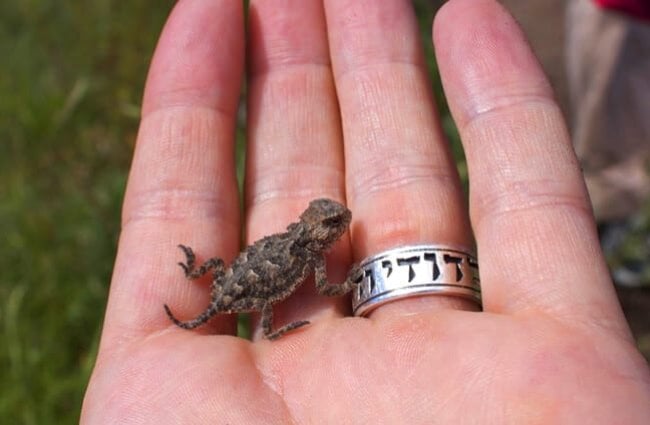
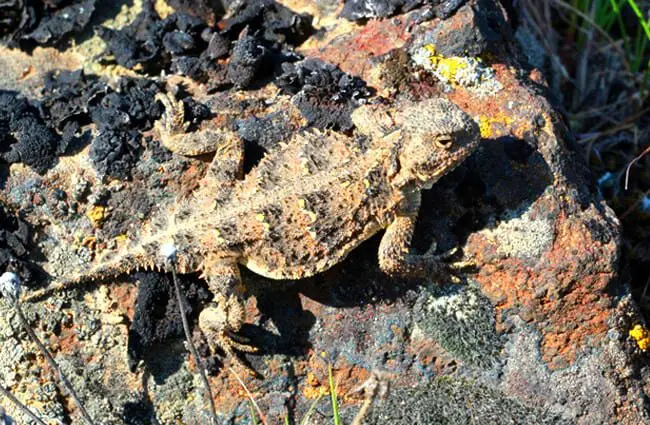
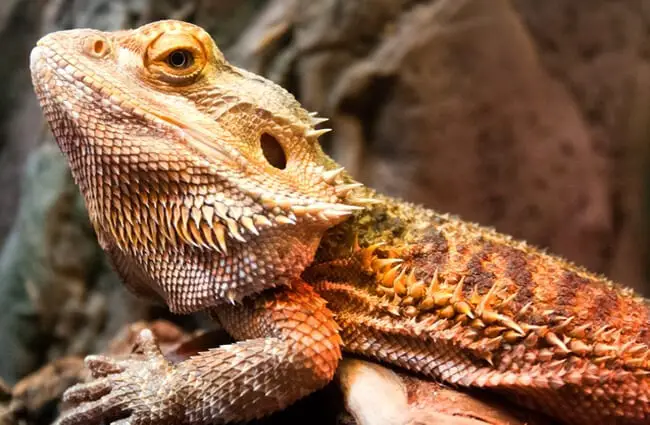
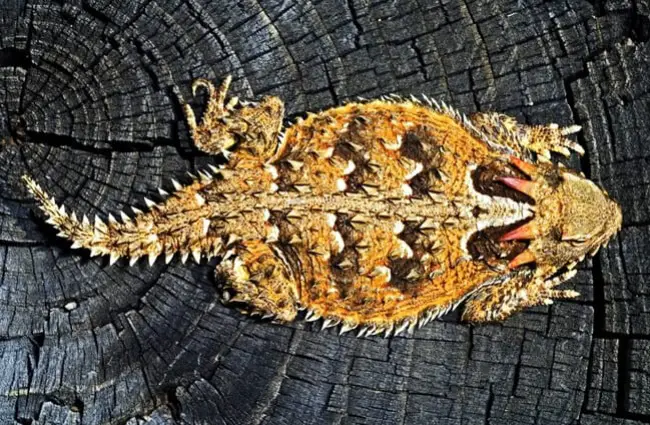
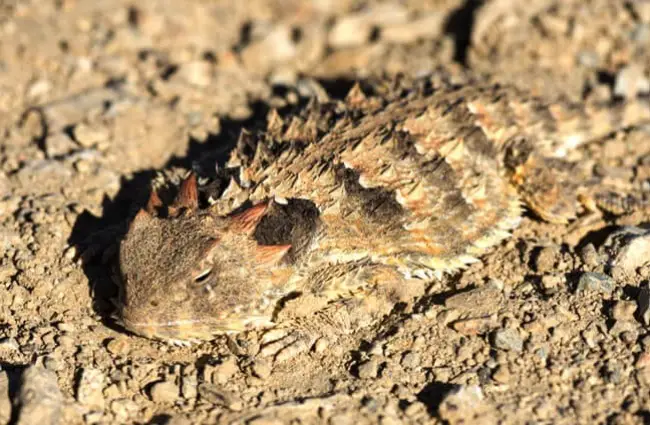

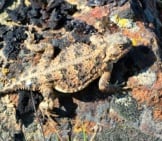

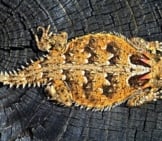
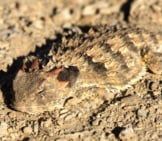
![Red Angus Closeup of a beautiful Red Angus cowPhoto by: U.S. Department of Agriculture [pubic domain]https://creativecommons.org/licenses/by/2.0/](https://animals.net/wp-content/uploads/2020/03/Red-Angus-4-238x178.jpg)












![Red Angus Closeup of a beautiful Red Angus cowPhoto by: U.S. Department of Agriculture [pubic domain]https://creativecommons.org/licenses/by/2.0/](https://animals.net/wp-content/uploads/2020/03/Red-Angus-4-100x75.jpg)

